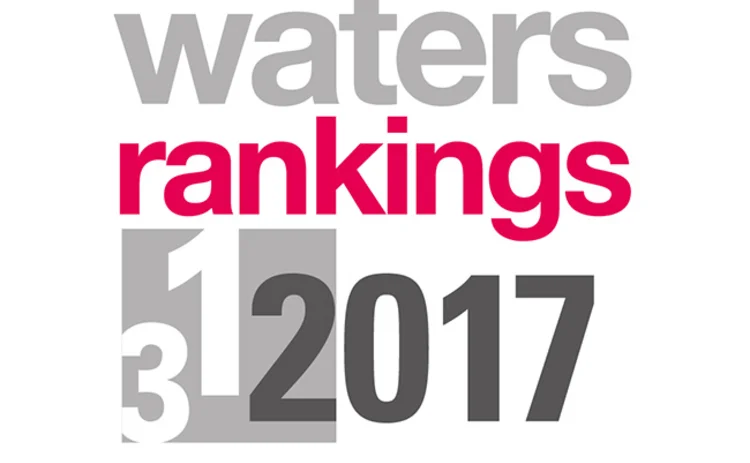Waters Rankings 2017: Best Agency Broker—Bloomberg Tradebook
Despite pulling back from currency markets, Tradebook continued to invest in new technologies and stay ahead of the game.

As with most other global firms, Tradebook is heavily focused on January 3, 2018—the date when the revised Markets in Financial Instruments Directive (Mifid II) is scheduled to go live. The launch of its exchange-traded fund request-for-quote (ETF RFQ) service and its Optimal Execution (OPTX) offering have proven to be key in this regard.
“OPTX will combine a real-time quantitative approach to the broker wheel with Bloomberg’s desktop distribution for analytics,” says Kapil Phadnis, global head of quantitative research at Bloomberg Tradebook. “We also released our ETF RFQ for Asia-listed ETFs, providing regional customization of trading tools for Asia, all while continuing to keep our business aligned for Mifid II compliance.”
The OPTX service has been running for around nine months, Phadnis says, during which time Tradebook has “significantly” improved its latency to exchanges, along with developing its broker-partnership program for the provision of trading algorithms, infrastructure and quantitative performance metrics.
Tradebook’s service has also seen some realignment this year, with the broker closing its foreign-exchange (FX) business in February 2017. Phadnis says that the decision was taken to provide focus to its core agency business, but reiterates that Bloomberg as a whole is still committed to FX.
Looking ahead, the broker is exploring emerging technologies for ways to keep its edges honed. These include, among other areas, broadening its approach to machine learning, along with solving hurdles related to natural-language processing.
“Machine learning is a key driver of OPTX and we are leveraging powerful analytics to provide us with the best real-time optimization engine,” Phadnis says. “Bloomberg Tradebook’s quant team is actively using deep learning and other machine-learning methods in the financial-trading domain to solve problems that would otherwise have a low success rate with traditional methods. These include natural-language processing problems to simplify workflows and identifying differences between trading algorithms using sophisticated pattern recognition.”
Only users who have a paid subscription or are part of a corporate subscription are able to print or copy content.
To access these options, along with all other subscription benefits, please contact info@waterstechnology.com or view our subscription options here: https://subscriptions.waterstechnology.com/subscribe
You are currently unable to print this content. Please contact info@waterstechnology.com to find out more.
You are currently unable to copy this content. Please contact info@waterstechnology.com to find out more.
Copyright Infopro Digital Limited. All rights reserved.
As outlined in our terms and conditions, https://www.infopro-digital.com/terms-and-conditions/subscriptions/ (point 2.4), printing is limited to a single copy.
If you would like to purchase additional rights please email info@waterstechnology.com
Copyright Infopro Digital Limited. All rights reserved.
You may share this content using our article tools. As outlined in our terms and conditions, https://www.infopro-digital.com/terms-and-conditions/subscriptions/ (clause 2.4), an Authorised User may only make one copy of the materials for their own personal use. You must also comply with the restrictions in clause 2.5.
If you would like to purchase additional rights please email info@waterstechnology.com
More on Awards & Rankings
AFTAs 2025: Best data provider—Allvue Systems
Product: Private Credit Intelligence
AFTAs 2025: Best IT team—TCW Group
Team: TCW Group’s Investment Technology Team; Project: Engineering Solutions—ABF and insurance launches during Aladdin stabilization
Buy-Side Technology Awards 2025 winner’s interview: 73 Strings
73 Strings’ win in the BST Awards 2025 Best middle-office platform category
AFTAs 2025: Most cutting-edge IT initiative—J.P. Morgan
Project: Vida Beta One
Buy-Side Technology Awards 2025 winner’s interview: S&P Global Market Intelligence
S&P Global Market Intelligence’s success in the first year the Best private markets data provider category has been on offer.
AFTAs 2025: Most innovative third-party technology vendor (operations)—AutoRek
Company name: AutoRek



